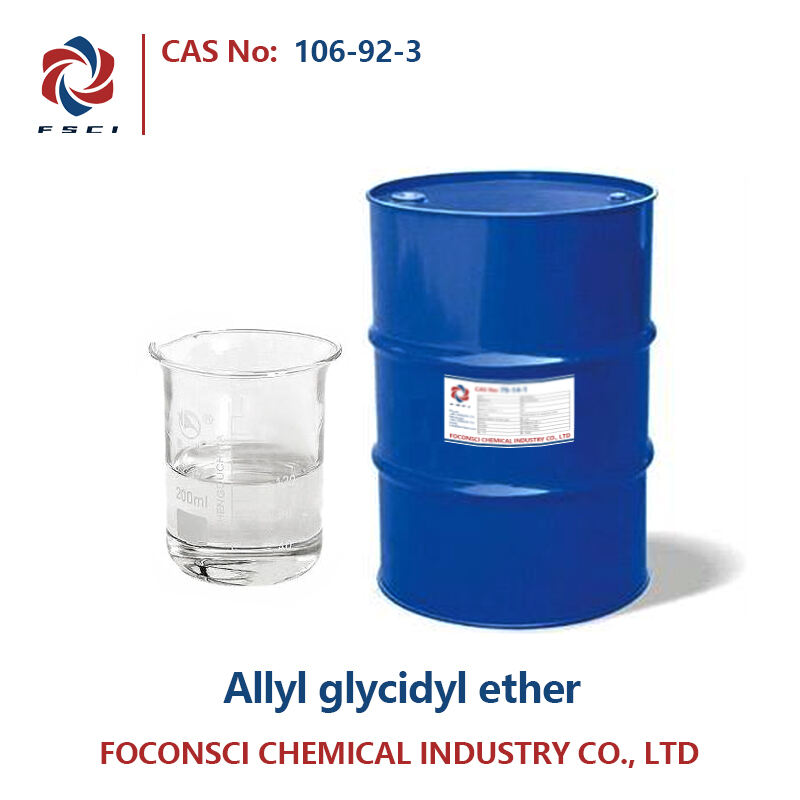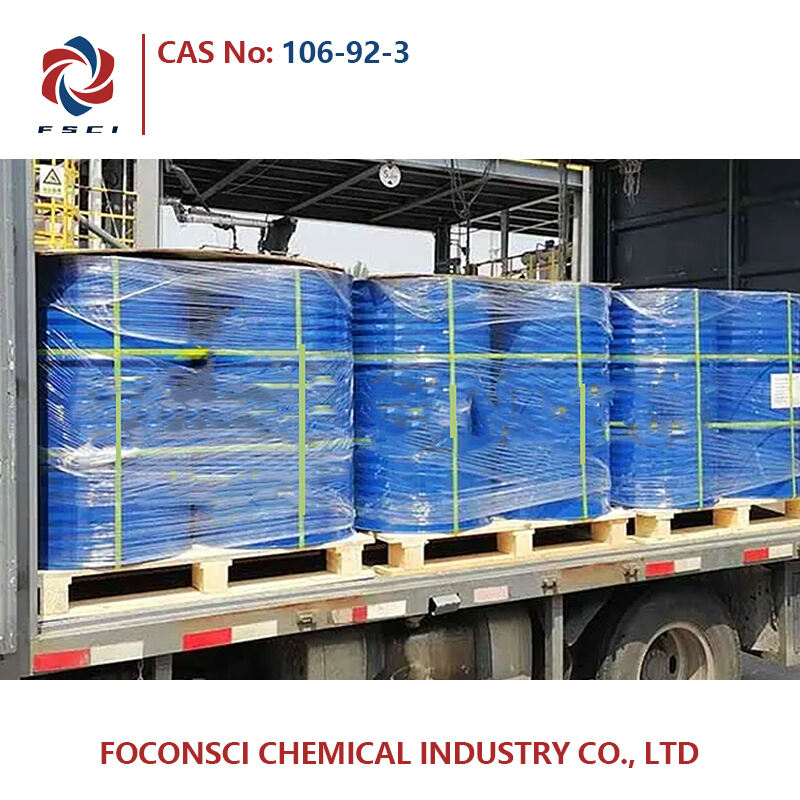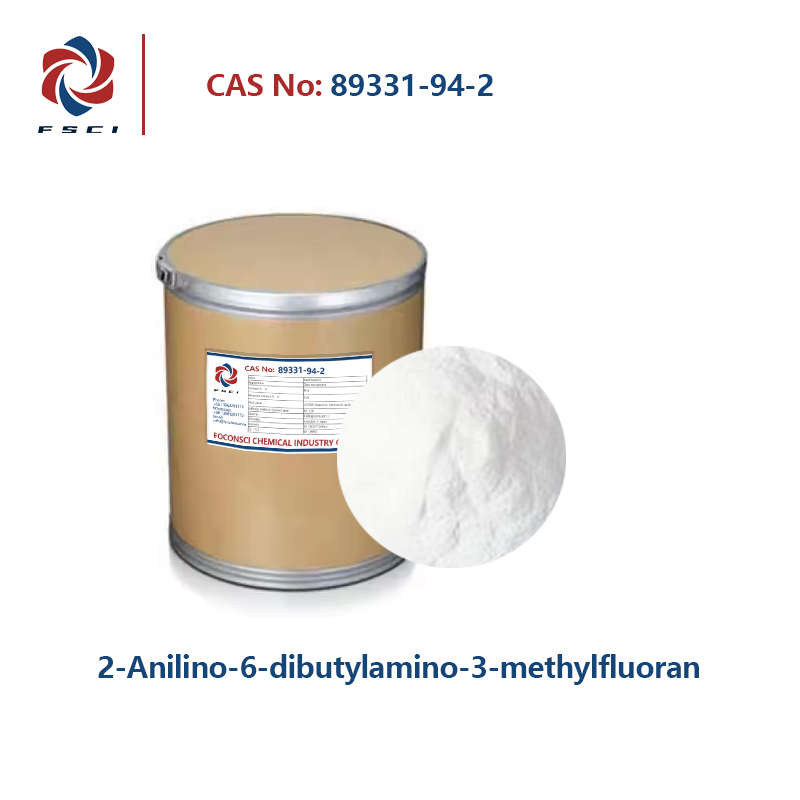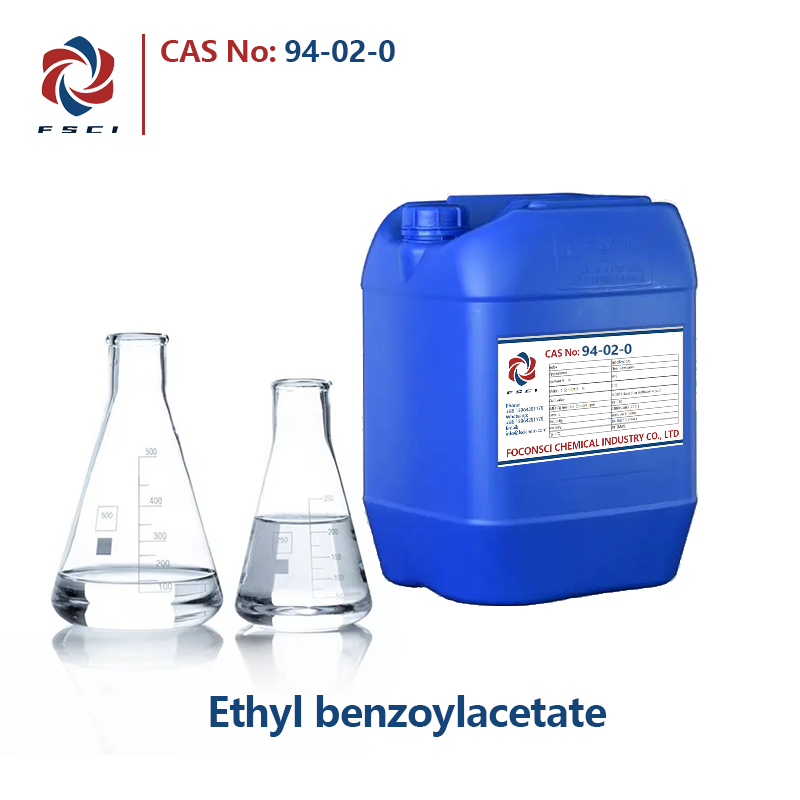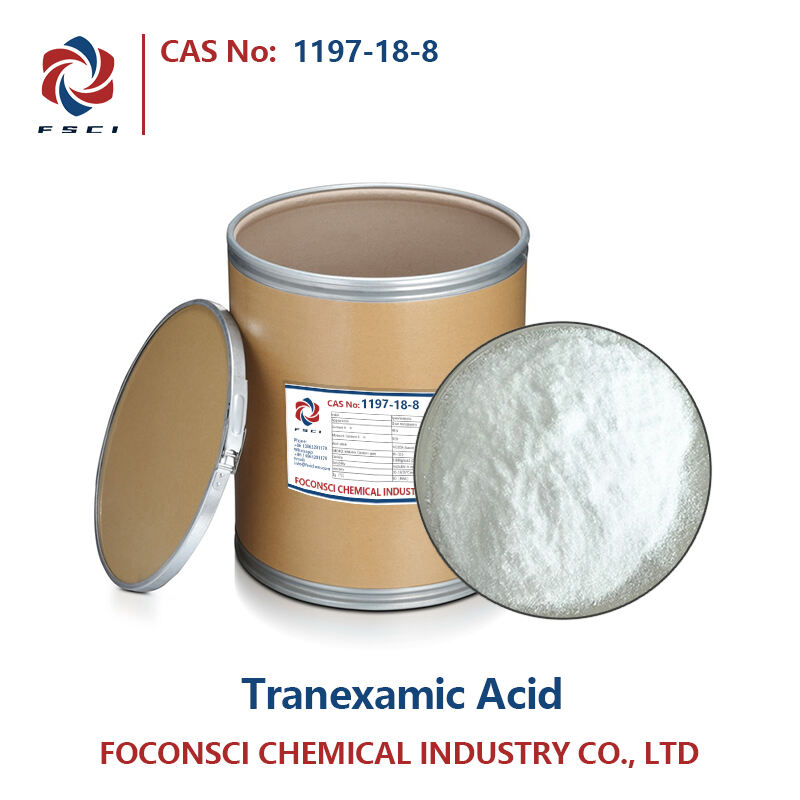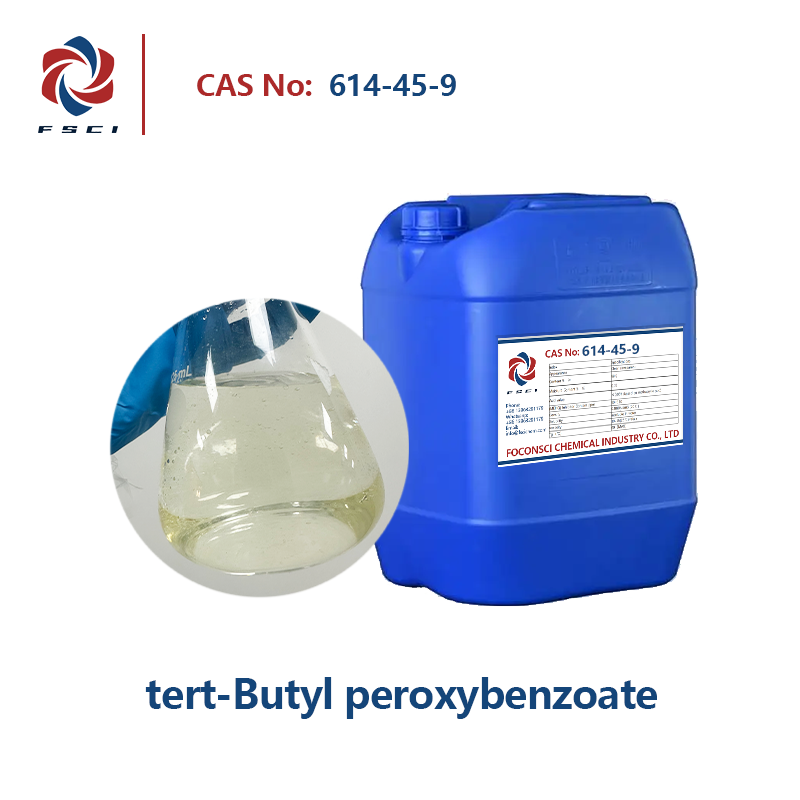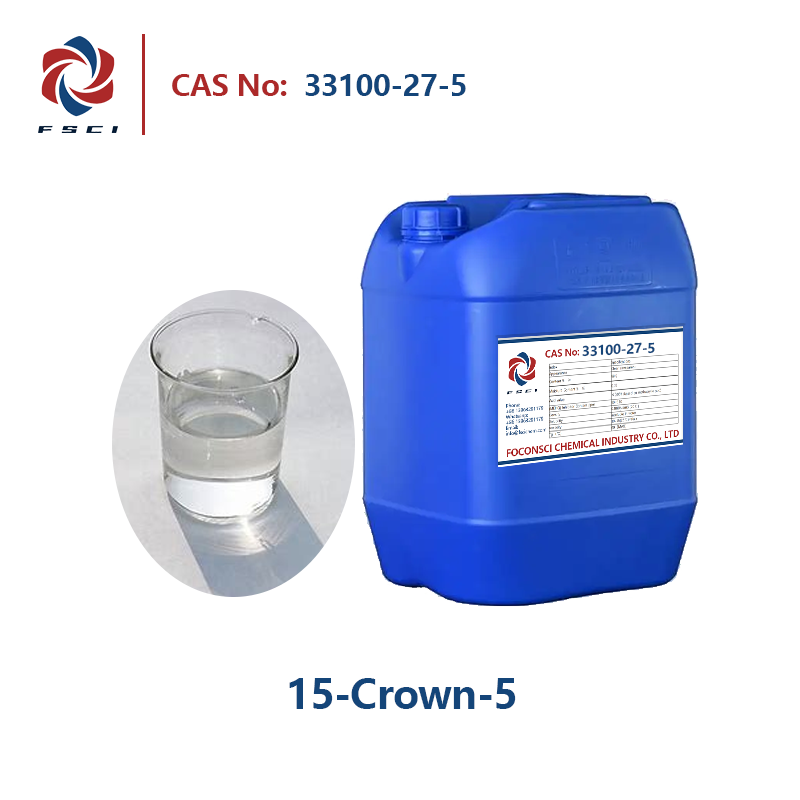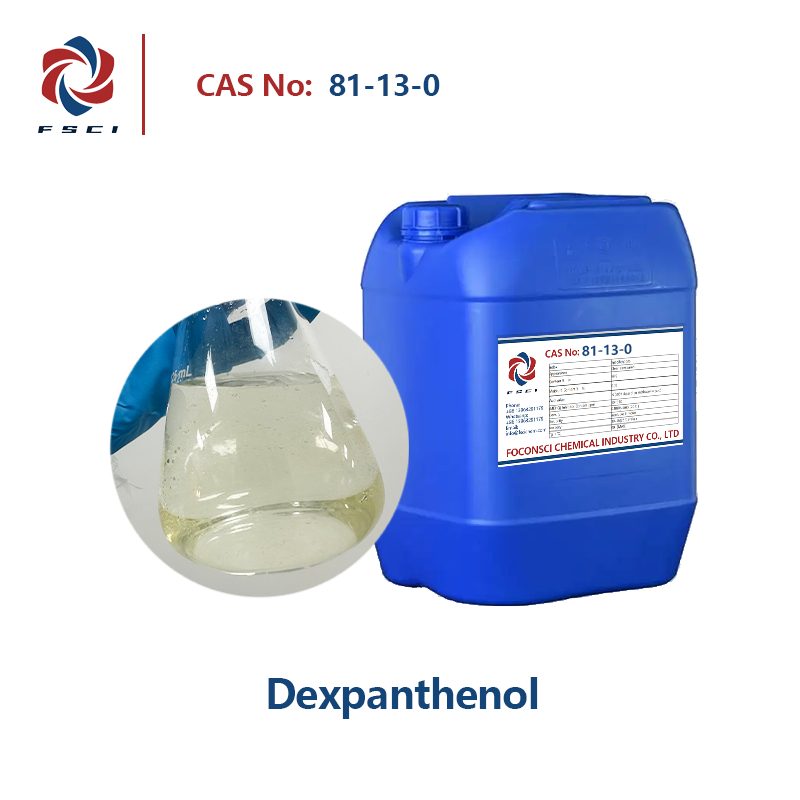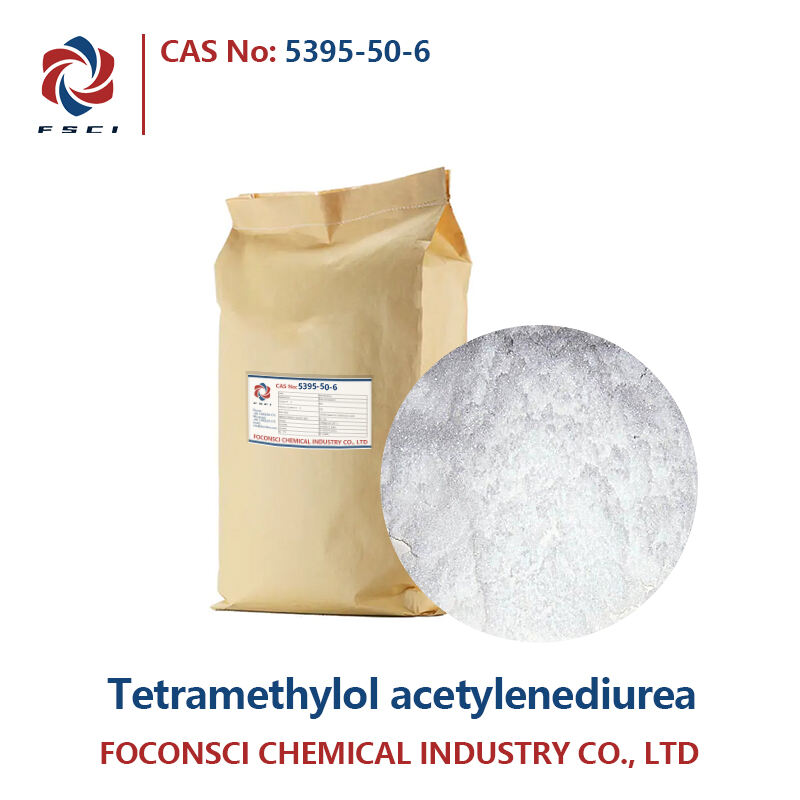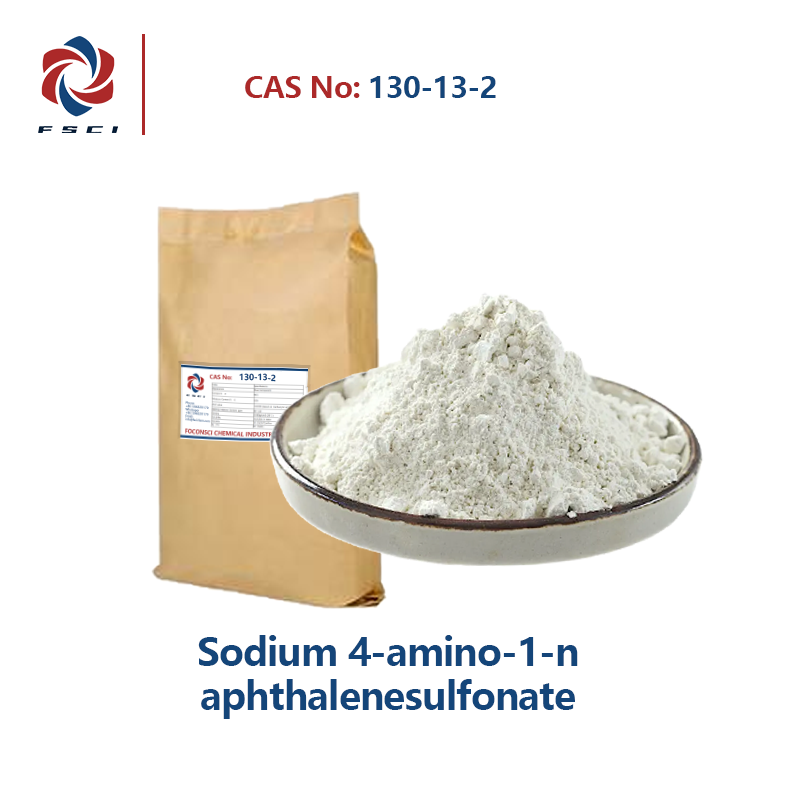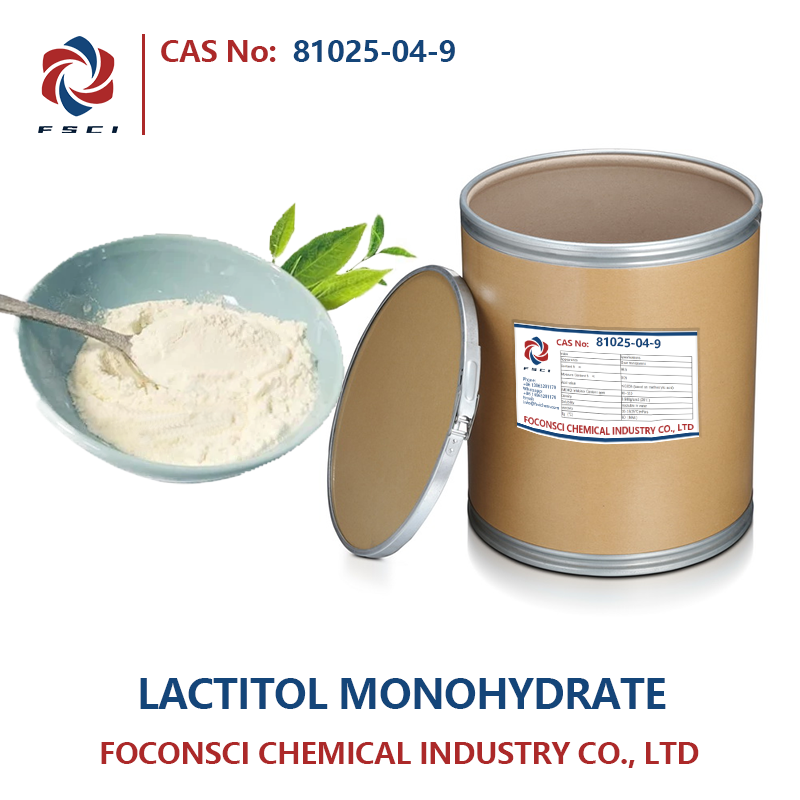Allyl glycidyl ether (AGE) CAS 106-92-3
Chemical name: Allyl glycidyl ether
Synonymous names:AGE;Allyl glycidyl ether;1-Allilossi-2,3 epossipropano
CAS No:4584-49-0
Molecular formula:C6H10O2
Molecular weight:114.14
EINECS No:203-442-4
- Parameter
- Related products
- Inquiry
Structural formula: 
Product Description:
|
Items |
Specifications |
|
Appearance |
Colorless clear liquid |
|
Assay,% |
min. 99.0 % |
|
Melting point |
-100 °C |
|
Boiling point |
154 °C(lit.) |
|
Density |
0.962 g/mL at 25 °C(lit.) |
|
Vapor density |
3.9 (vs air) |
Properties and Usage:
Allyl glycidyl ether (AGE for short) is a multifunctional compound. With its excellent chemical properties and excellent performance, it has shown significant advantages in epoxy resins, coatings, adhesives, plastic processing, etc.
1. Epoxy resin manufacturing
AGE is used as a cross-linking agent or toughening agent in the production of epoxy resin, which can significantly improve the mechanical strength, heat resistance and chemical resistance of epoxy resin. Through the cross-linking reaction with epoxy resin, AGE enhances the hardness and stability of the resin, improves its impact resistance, and makes the final product more reliable in performance.
2. Coatings and adhesives
In the formulation of coatings and adhesives, AGE can effectively improve product adhesion and durability. It improves the leveling and abrasion resistance of the coating, while enhancing the strength and environmental resistance of the adhesive, thereby ensuring the stability of the coating and bonding during use.
3. Plastic and rubber processing
AGE acts as a toughening agent and cross-linking agent to significantly improve the elasticity and wear resistance of plastic and rubber materials. Its application improves the processing properties of materials, optimizes the physical properties of final products, and meets a variety of industrial needs.
4. Organic synthesis intermediates
AGE serves as an intermediate in organic synthesis and participates in the production of a variety of functional compounds, especially in the synthesis of polymer materials and modifiers.
5. Medicine and Biotechnology
In medicine and biotechnology, AGE is used to prepare biocompatible materials such as biomedical coatings and biosensors. Its good chemical reactivity makes it ideal for the synthesis of complex molecules and functional materials.
6. Catalysts and functional additives
AGE also acts as a catalyst and functional additive to promote specific chemical reactions and improve product performance. In some polymerization reactions, AGE serves as a functional monomer, effectively improving reaction efficiency and the quality of the final product.
Storage conditions: Store in a cool, ventilated warehouse. Keep away from fire and heat sources. The warehouse temperature should not exceed 30℃. The packaging must be sealed and not exposed to air. It should be stored separately from oxidants, acids, alkalis, and edible chemicals, and should not be mixed. Use explosion-proof lighting and ventilation facilities. It is prohibited to use mechanical equipment and tools that are prone to sparks. The storage area should be equipped with leakage emergency treatment equipment and appropriate containment materials.
Packing: This product is packed in 190kg Barrel, and it can also be customized according to customers' requirements


 EN
EN
 AR
AR
 BG
BG
 HR
HR
 CS
CS
 DA
DA
 NL
NL
 FI
FI
 FR
FR
 DE
DE
 EL
EL
 HI
HI
 IT
IT
 JA
JA
 KO
KO
 NO
NO
 PL
PL
 PT
PT
 RO
RO
 RU
RU
 ES
ES
 SV
SV
 TL
TL
 IW
IW
 ID
ID
 LV
LV
 LT
LT
 SR
SR
 SK
SK
 VI
VI
 HU
HU
 TH
TH
 TR
TR
 GA
GA
 CY
CY
 KA
KA
 LA
LA
 MN
MN
 KK
KK
 LB
LB

